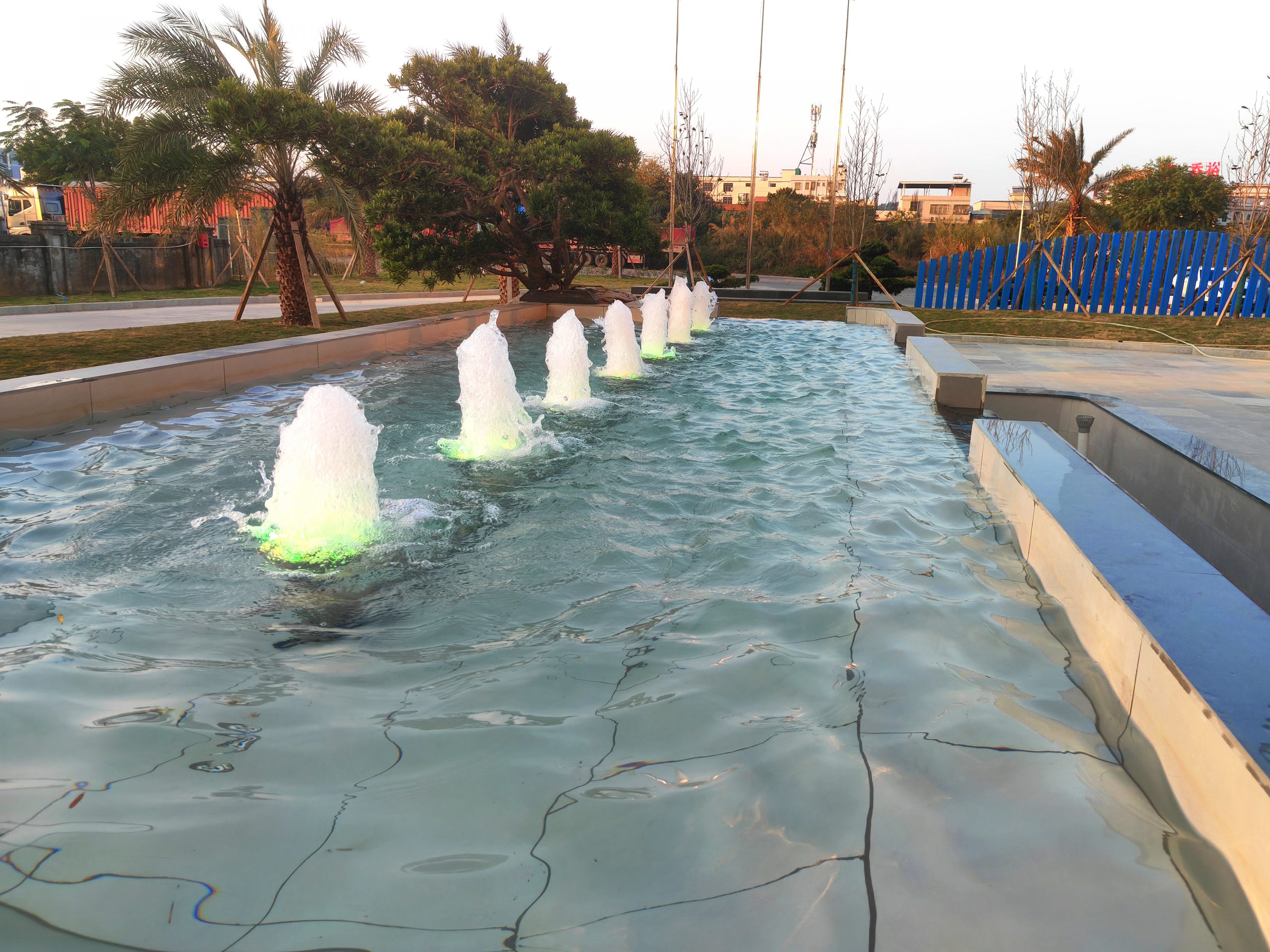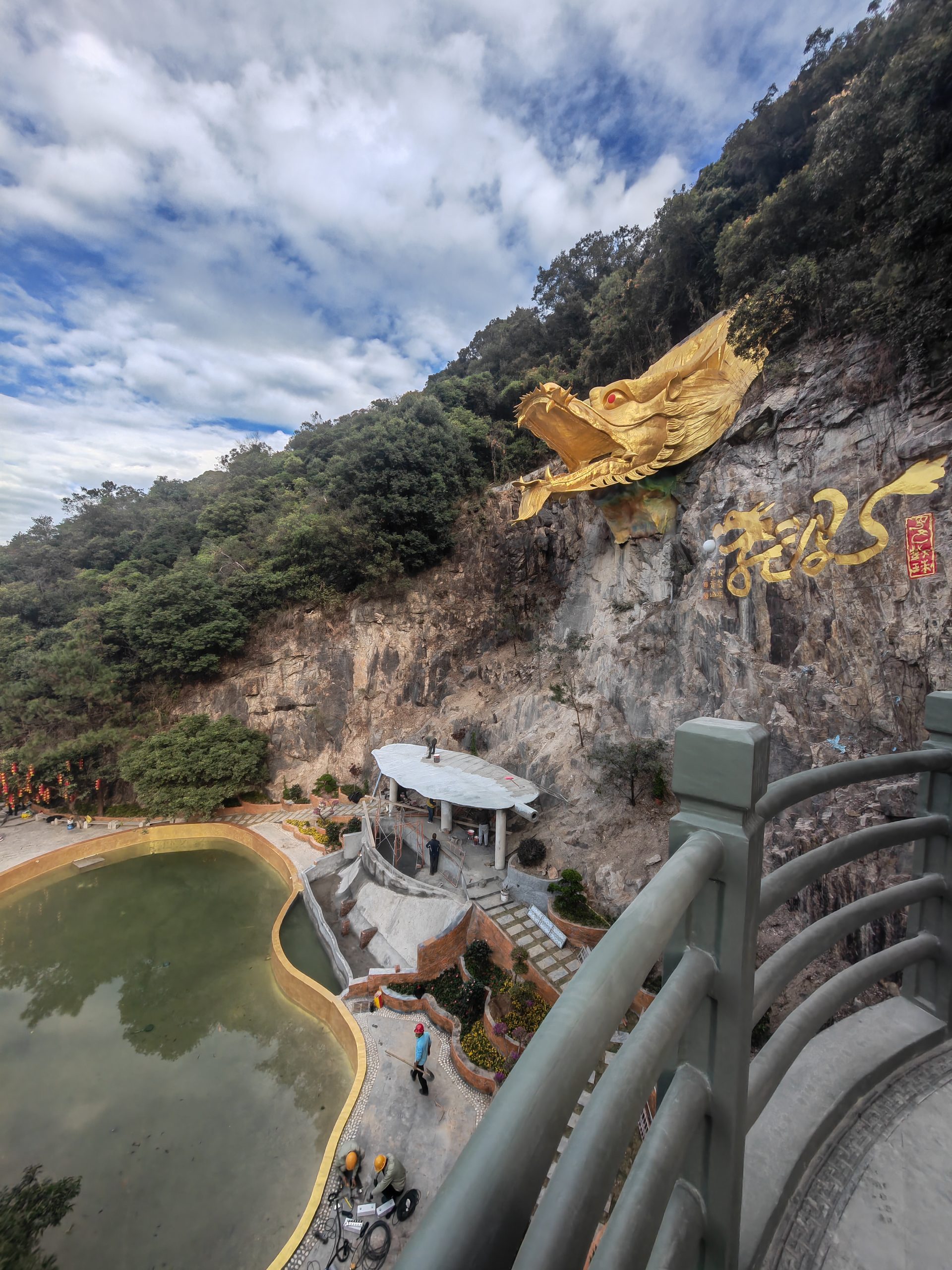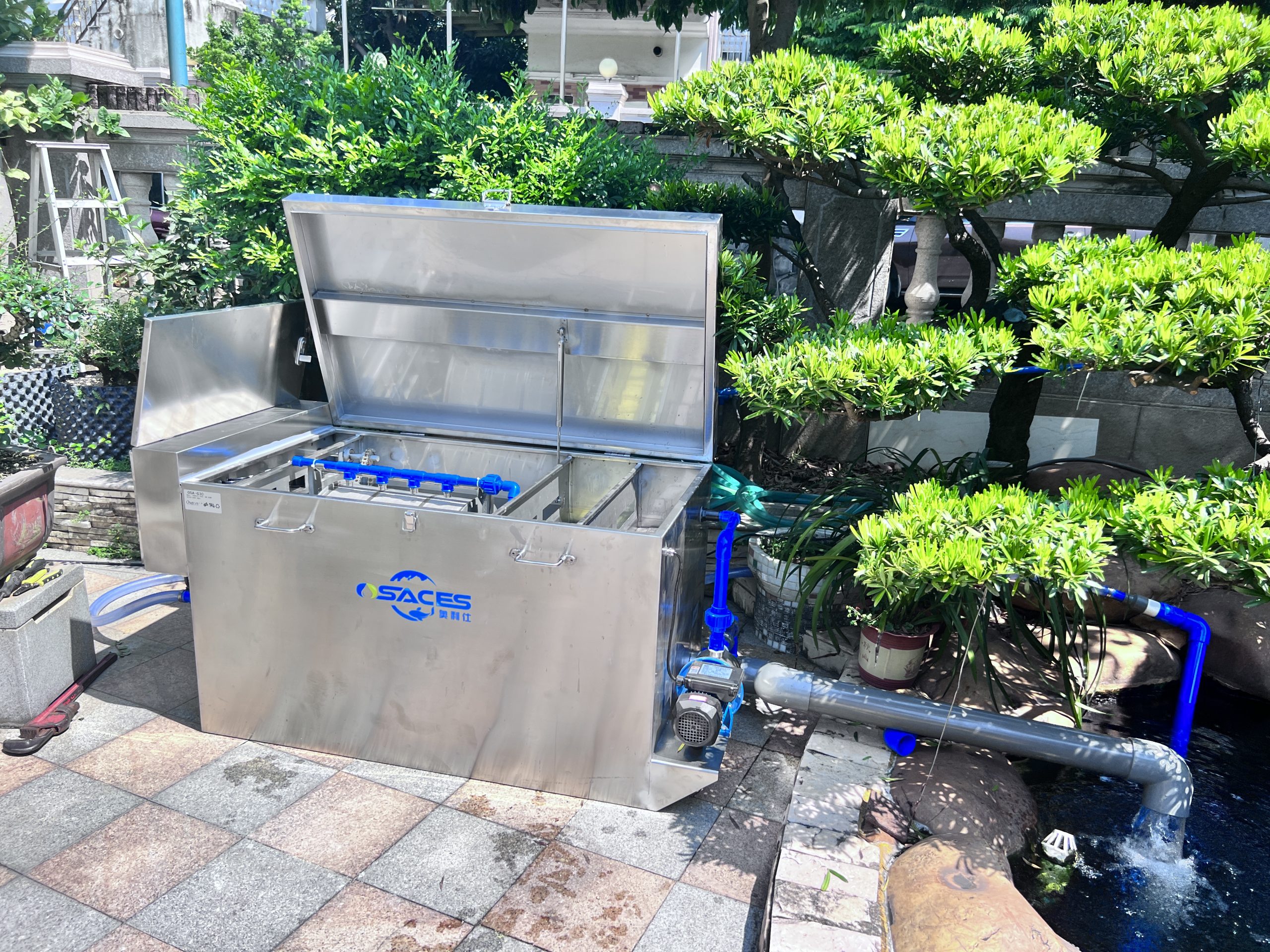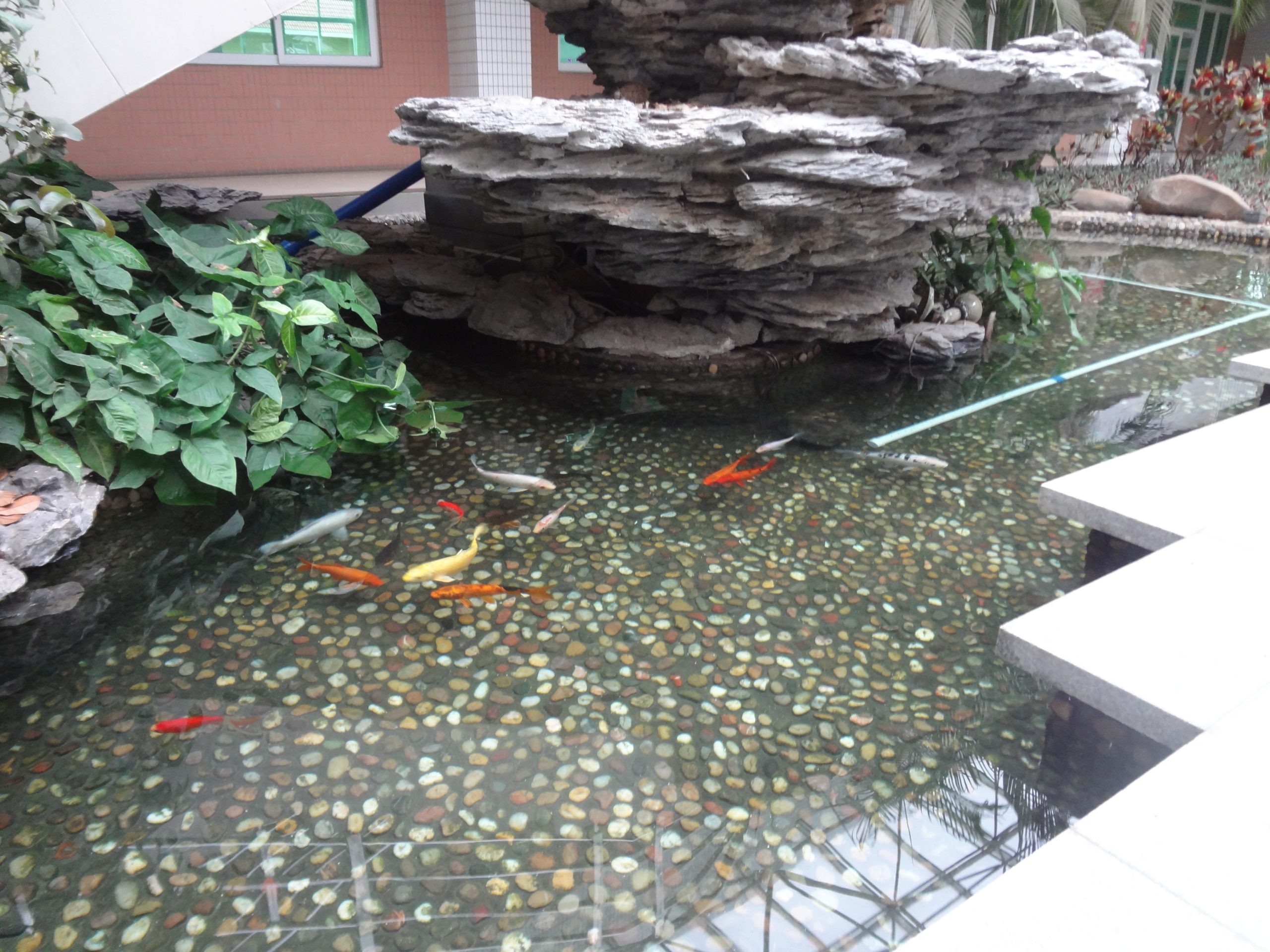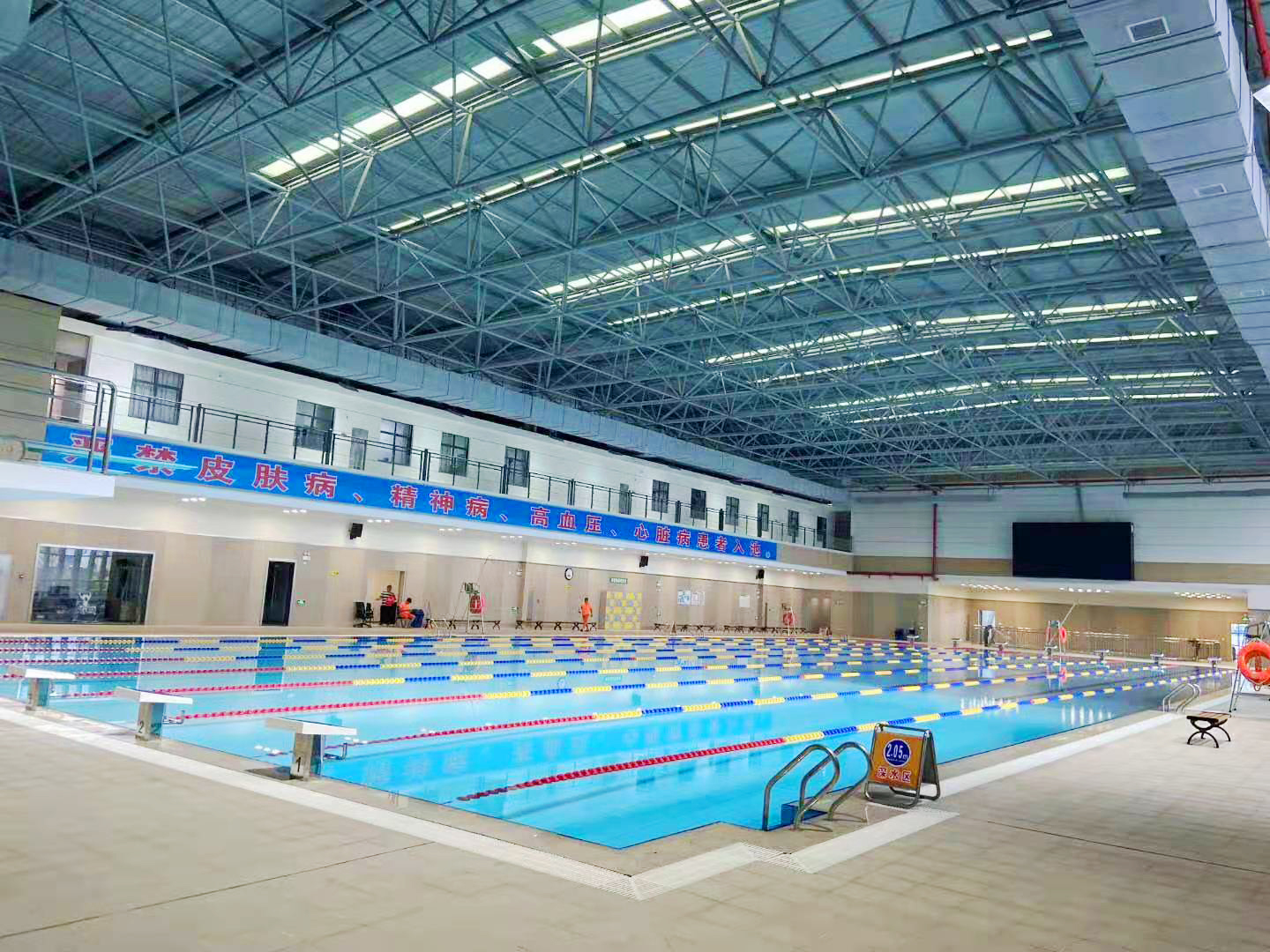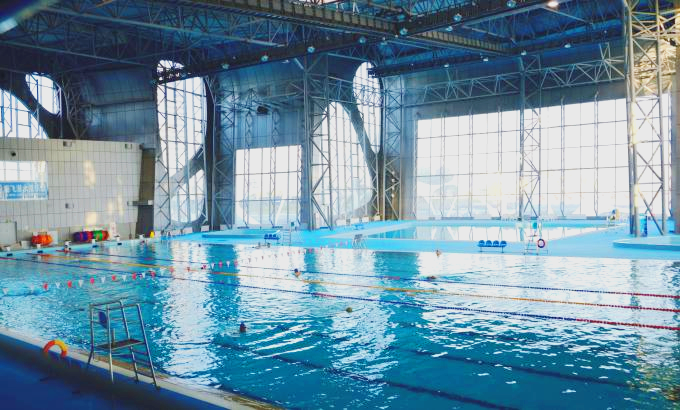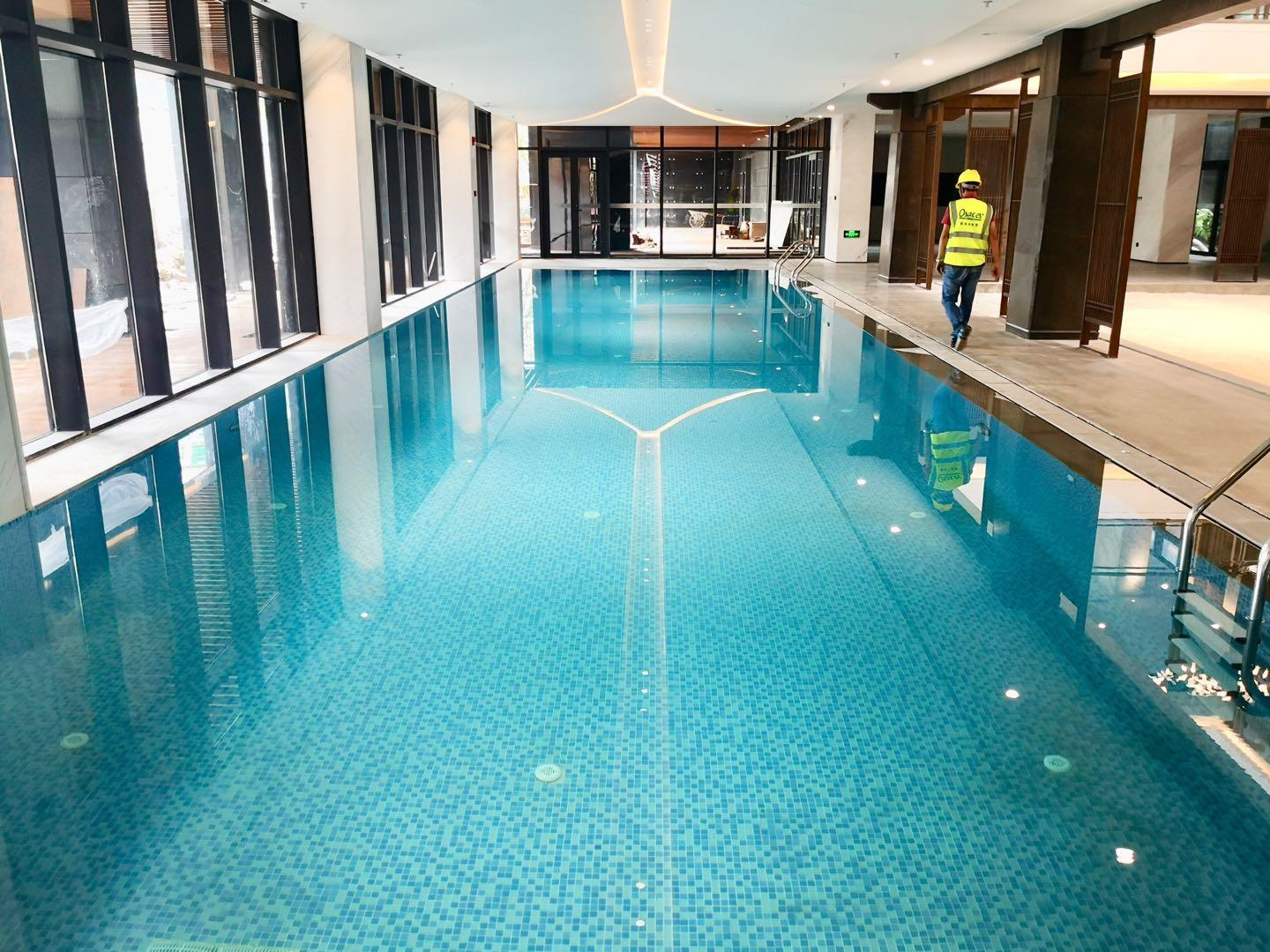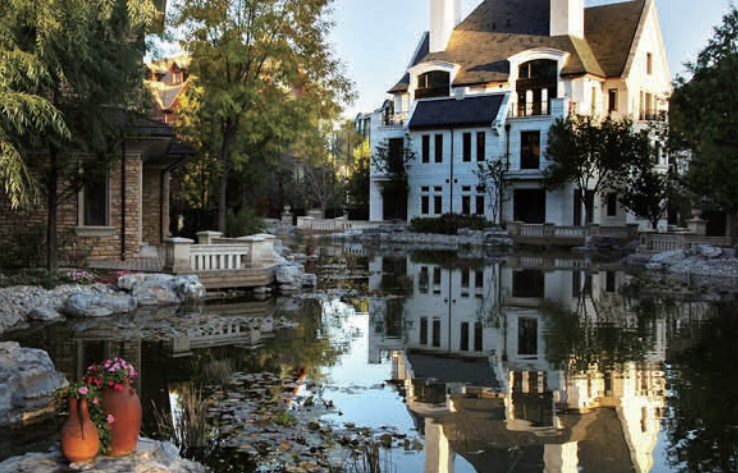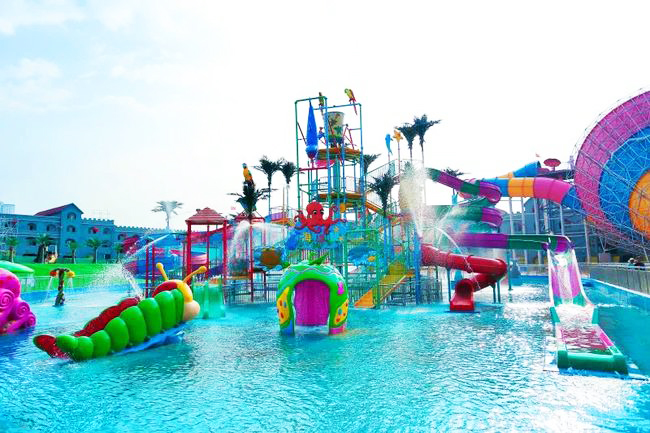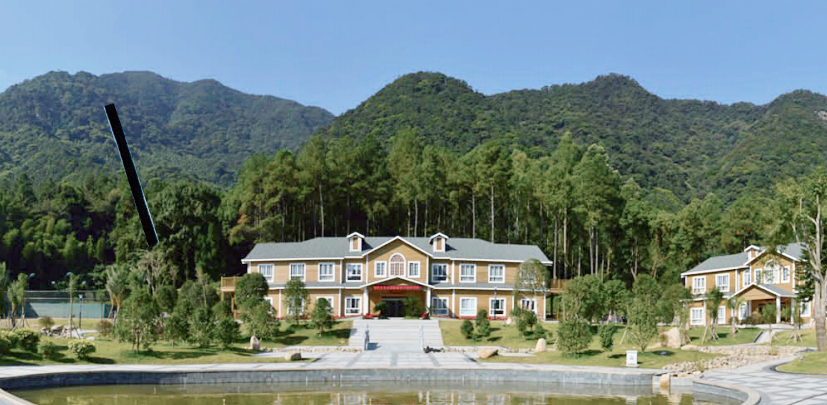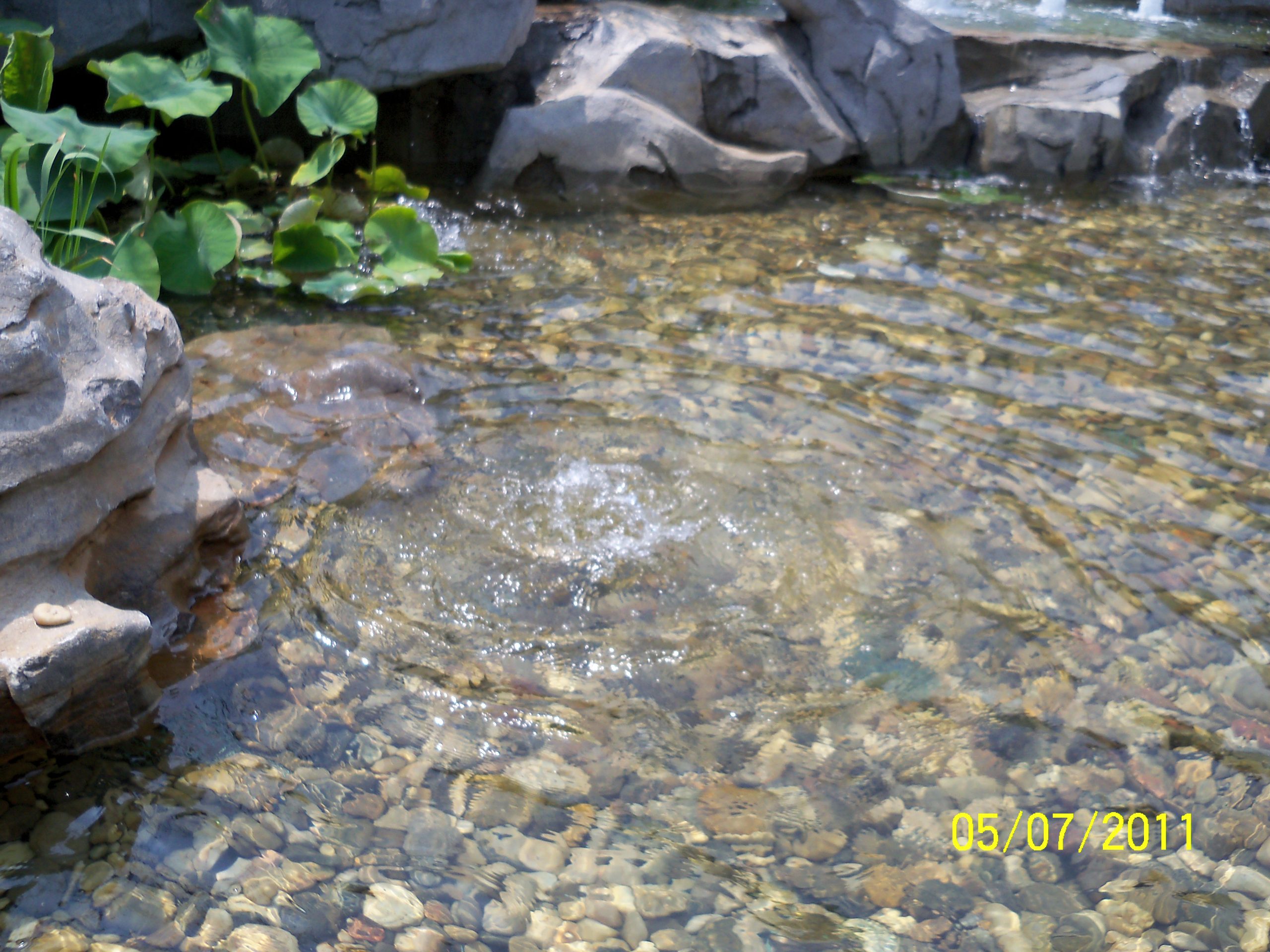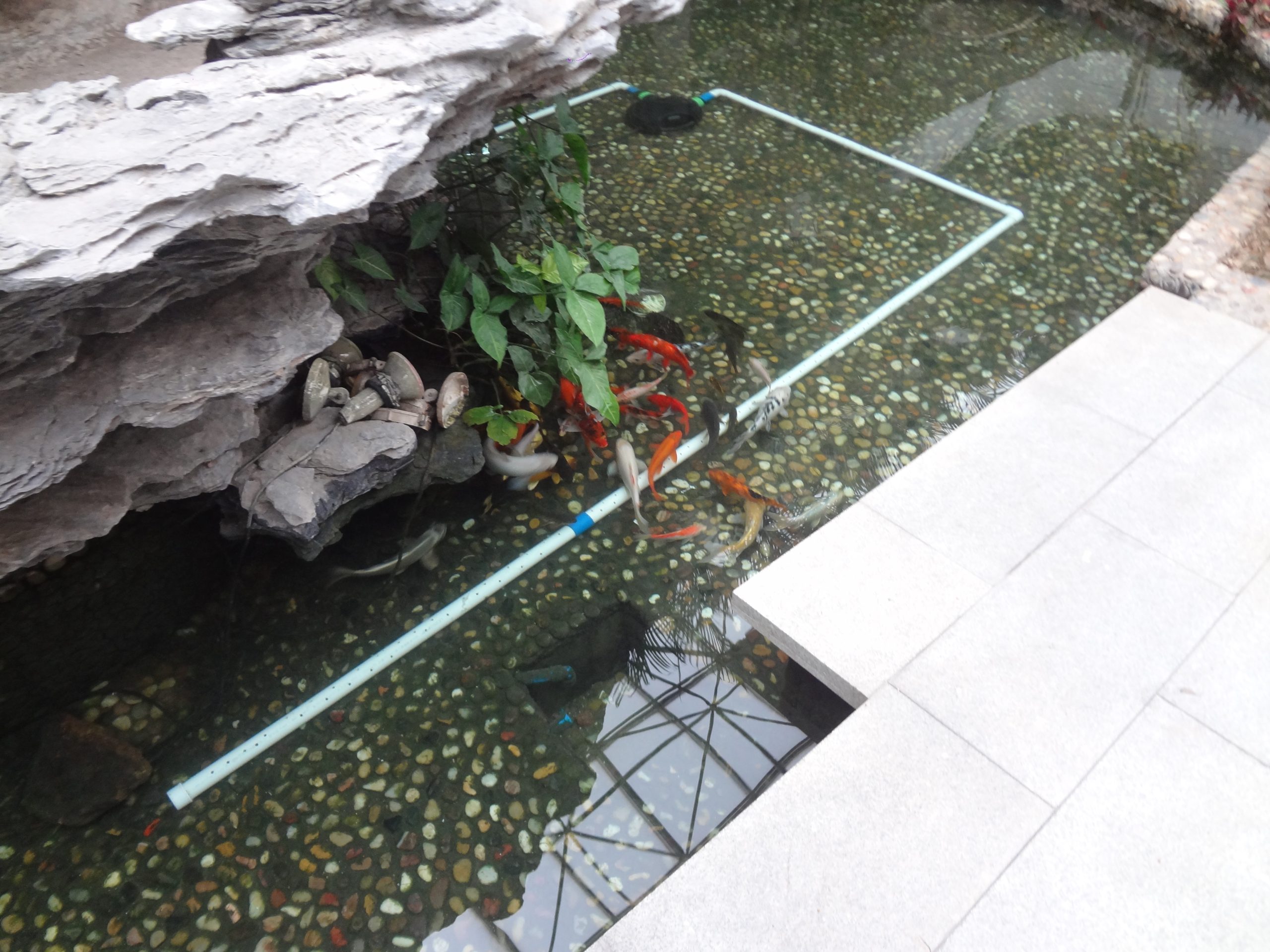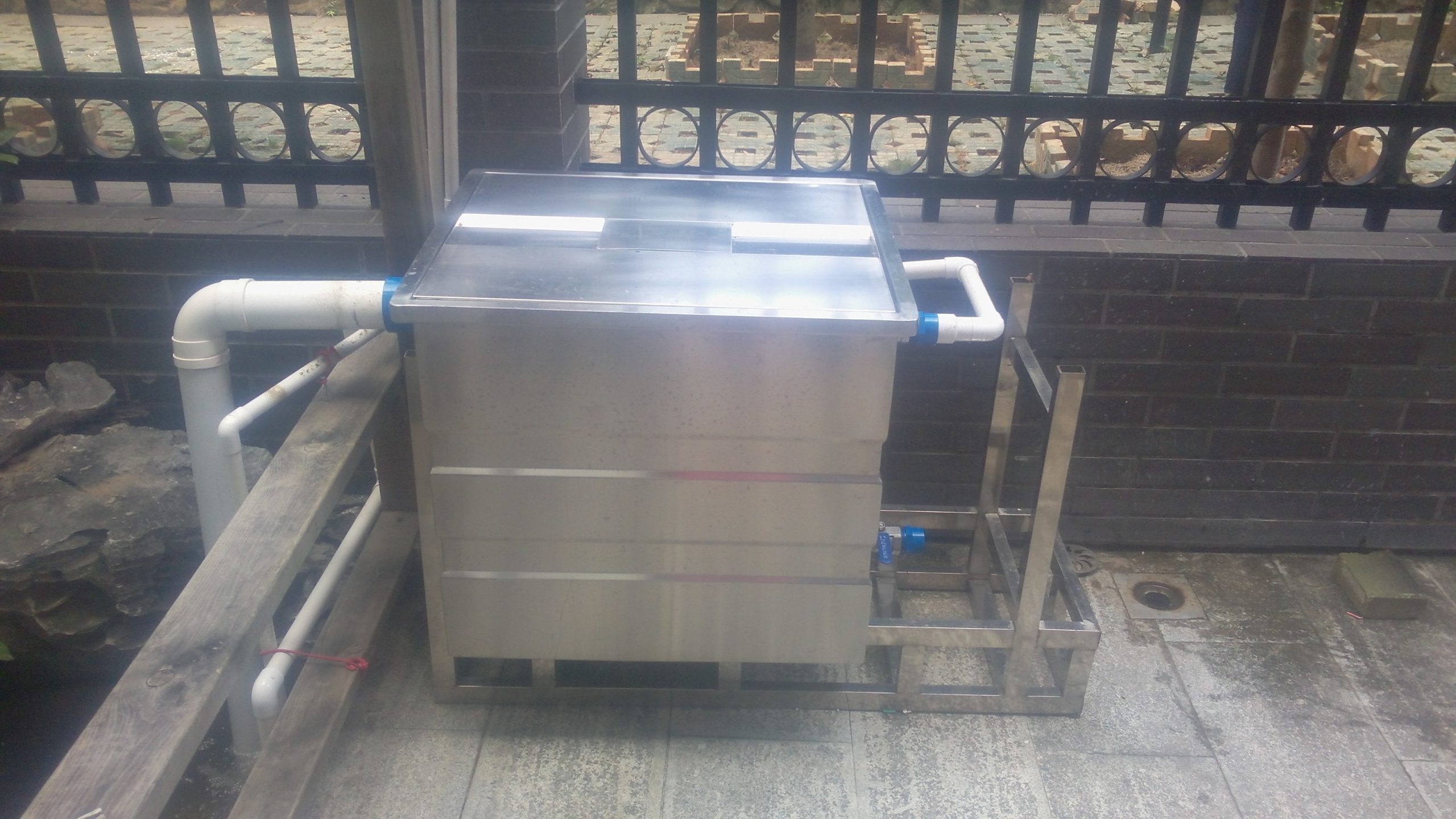common problems
contact details
 Ollies (Guangzhou) Recreation and Sports Equipment Co.
Ollies (Guangzhou) Recreation and Sports Equipment Co.Tel: (020) 82686289
Fax: 020-82694853
Headquarter: No.31-37, Xincun 2 Road, Shangjiang North Street, Dongzhou Village, Xintang Town, Zengcheng City, Guangzhou, Guangdong, China
Timing is key in koi feeding
Especially at the beginning of spring when there is no heating and a winter stop, it is important to find the right time to feed. Due to two physiological characteristics, the absence of a stomach and the fact that they belong to the group of metazoans, koi is an animal that is prone to indigestion. And because these physiological characteristics have a great deal to do with koi diseases, great care must be taken.
The amount and timing of feeding is very important
Koi have no problems in the height of summer when the average water temperature is very high and in the winter when they are not fed at all, but from early spring to the rainy season, or after mid-autumn, do they show any of these symptoms? The whole body is congested and reddish, part of the scales on the body surface are upside down, redness and swelling around the anus, and so on. Most of these symptoms are due to indigestion.
Some of the indigestion is due to good or bad feed, but most of it is due to overfeeding and not timing the feeding accurately.
It is better to feed when the water temperature is rising
So, exactly what time should you feed?
From early spring to the rainy season, when the temperature changes a lot after fall, of course, you should control the amount of feeding, and do not feed when the temperature (water temperature) is predicted to drop due to rain or sunset. For example, if the weather forecast is for rain in the evening, you should finish feeding before noon. Also, feed when the temperature is rising, but do not feed when the temperature rises and then falls, or when the temperature keeps falling. If you feed when the temperature (water temperature) is rising, the amount of food consumed will be low, and when the water temperature is high, it will promote digestion and will not be a burden to the carp. However, if the water temperature changes too much, the carp will be stressed and digestion will be hindered.
Related content
- Don't let rotting tails affect the koi's aesthetics
- What kind of water is good for fish? Talking more about green water for fish
- What to do if the water in your fish pond is unclear? How to keep the water fresh and clear
- Are you ready for the golden age of koi growth?
- What causes new koi to get sick easily?
- Case Sharing--Foshan Shunfeng Mountain Park 3600 square meters landscape pool purification project
- Case Sharing||Huizhou-- Intelligent Terminal Beidou Industry Production Project Fountain Fish Pond Purification Project
- Guangdong Guanyinshan National Forest Park 300m³ landscape fish pond purification project

